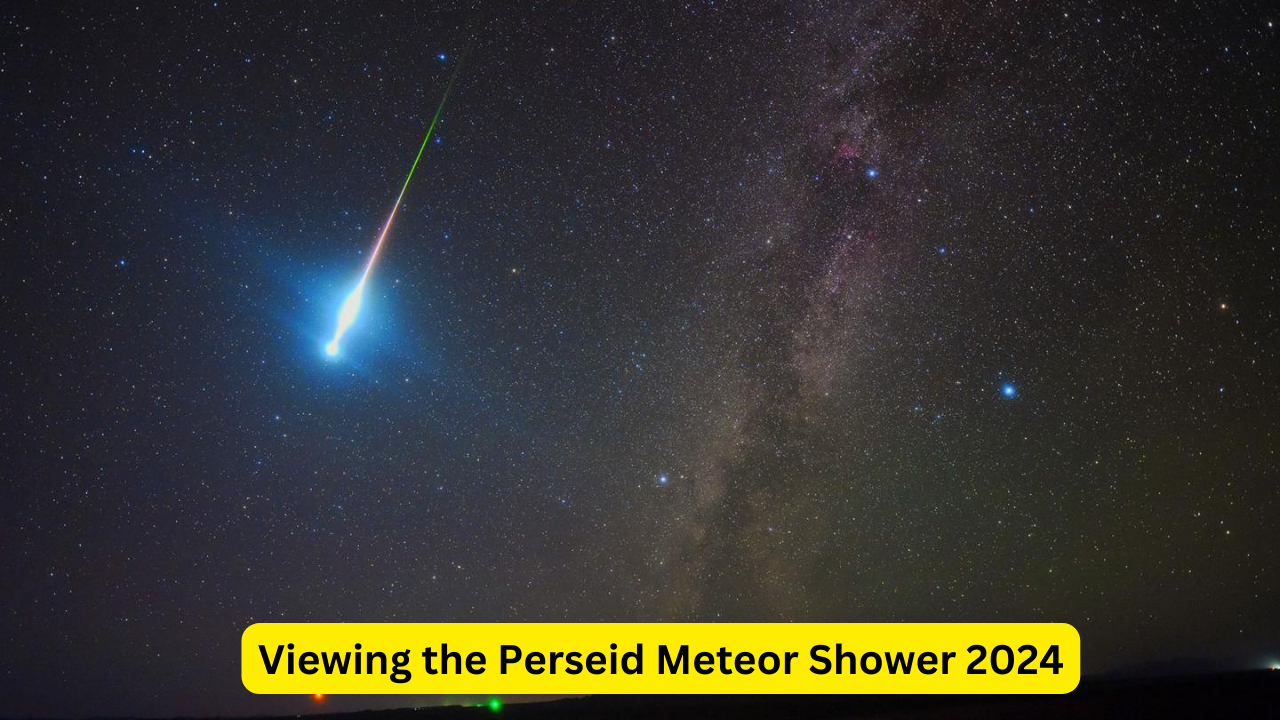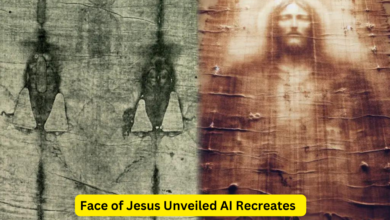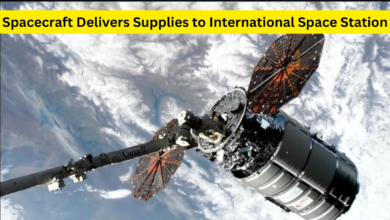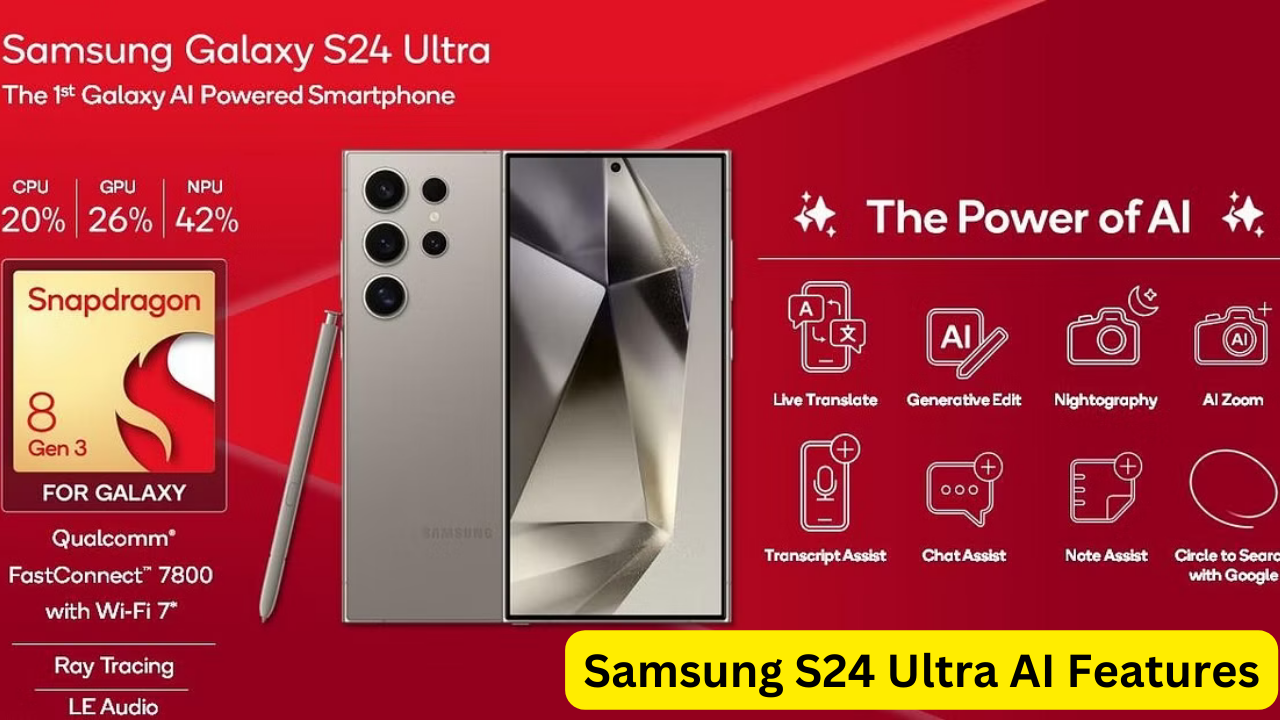Viewing the Perseid Meteor Shower 2024

Viewing the Perseid Meteor Shower 2024, Good news for skygazers across the United States! The highly anticipated Perseid meteor shower is just around the corner. Starting August 11, 2024, this dazzling celestial event promises a spectacular display of shooting stars that will light up the night sky. Whether you’re an experienced astronomer or a casual skywatcher, this guide will help you make the most of this incredible astronomical phenomenon.
When and Where to View the Perseid Meteor Shower
The Perseid meteor shower is renowned for its vibrant and prolific meteor displays, making it one of the most popular meteor showers of the year. This year, the shower will peak on the night of August 11 into the early hours of August 12, 2024. During this period, you can expect to see up to 100 meteors per hour under optimal conditions.
To experience the best viewing, find a dark, clear location away from city lights. Rural areas or dark sky parks are ideal. Avoid light pollution and ensure you have a wide-open view of the sky to maximize your chances of seeing more meteors.
How to Prepare for the Perseid Meteor Shower
Preparation is key to enjoying the Perseid meteor shower to its fullest. Here are some tips to ensure a great experience:
- Choose the Right Time: The best time to view the meteor shower is after midnight when the sky is darkest. The meteors will be more visible as they streak across the sky.
- Dress Comfortably: Dress warmly, as it can get chilly during the night. Bring a blanket or reclining chair to make your viewing more comfortable.
- Avoid Bright Lights: Once you arrive at your viewing spot, allow your eyes to adjust to the darkness. Avoid using bright lights or checking your phone frequently, as this can impair your night vision.
- Bring Binoculars or a Telescope: While the Perseids are visible to the naked eye, binoculars or a telescope can enhance the experience, allowing you to see more details and track the meteors’ paths.
Understanding the Perseid Meteor Shower
The Perseids are caused by the Earth passing through the debris left behind by the comet Swift-Tuttle. As these particles enter the Earth’s atmosphere at high speeds, they burn up, creating the bright streaks of light we see as meteors.
The Perseid meteor shower is known for its high number of bright meteors, making it a favorite among amateur astronomers. This meteor shower is named after the constellation Perseus, from which the meteors appear to radiate.
Viewing Tips for the Perseid Meteor Shower
To make the most of your Perseid meteor shower experience, consider these additional tips:
- Be Patient: Meteor showers are unpredictable. You might see a burst of meteors followed by a lull. Patience is key to catching the best display.
- Look Up and Relax: Lie back and look up at the sky. The meteors can appear anywhere in the sky, so there’s no need to focus on one specific area.
- Bring Snacks and Drinks: Enjoying the meteor shower can be a long affair. Bring some snacks and drinks to keep yourself energized and comfortable throughout the night.
Common Misconceptions About Meteor Showers
Several misconceptions surround meteor showers that can impact your viewing experience:
- Meteors Are Not Stars: Although meteors are often called shooting stars, they are not stars. They are small particles that burn up in the Earth’s atmosphere.
- Meteors Do Not Always Appear in Clusters: While meteor showers can produce bursts of meteors, they are not always clustered together. They can appear sporadically throughout the night.
- Weather Can Affect Viewing: Cloud cover and atmospheric conditions can impact your ability to see meteors. Check the weather forecast before heading out and choose a night with clear skies for the best experience.
Safety and Environmental Considerations
When preparing for your meteor shower experience, it’s essential to be mindful of safety and environmental considerations:
- Respect Wildlife: If you’re in a natural area, avoid disturbing wildlife. Keep noise levels down and respect the natural environment.
- Leave No Trace: Clean up any trash or items you bring with you. Leave your viewing site as you found it to preserve the beauty of the location.
Additional Celestial Events in August 2024
In addition to the Perseid meteor shower, August 2024 features other notable celestial events:
- Supermoon: The first supermoon of the year will also occur in August 2024. A supermoon is a full moon that appears larger and brighter than usual because it is closer to Earth.
- Planetary Alignments: Look out for planetary alignments and other astronomical phenomena that may be visible throughout the month.
Conclusion: Enjoy the Perseid Meteor Shower 2024
The Perseid meteor shower of 2024 is set to be a breathtaking celestial event, offering an incredible opportunity for skywatchers to witness one of nature’s most spectacular shows. By preparing in advance and following these tips, you can ensure a memorable and enjoyable experience.
Mark your calendar for August 11 and prepare for an unforgettable night under the stars. Happy stargazing!




